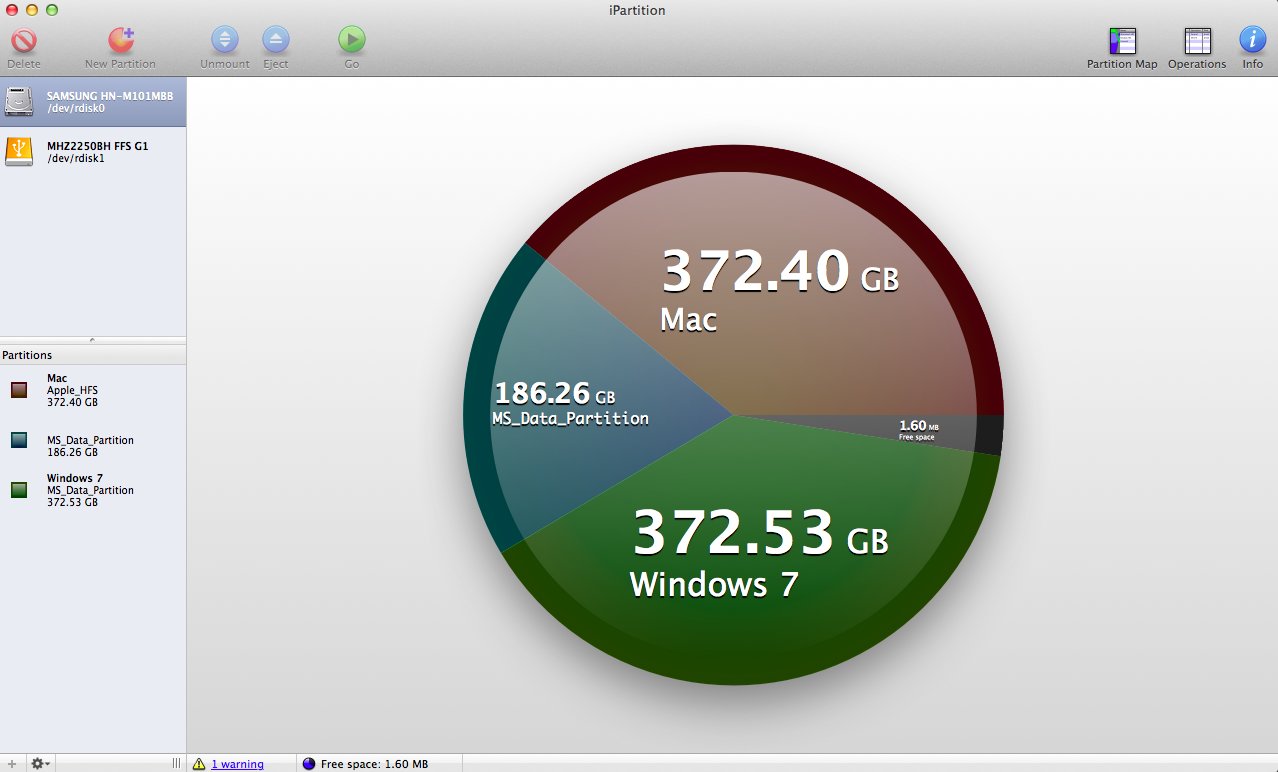

The original concept of equipartition was that the total kinetic energy of a system is shared equally among all of its independent parts, on the average, once the system has reached thermal equilibrium.

The name "equipartition" means "equal division," as derived from the Latin equi from the antecedent, æquus ("equal or even"), and partition from the noun, partitio ("division, portion"). These probability density functions have dimensions of probability times inverse speed since probability is dimensionless, they can be expressed in units of seconds per meter. The four gases are helium ( 4He), neon ( 20Ne), argon ( 40Ar) and xenon ( 132Xe) the superscripts indicate their mass numbers. Probability density functions of the molecular speed for four noble gases at a temperature of 298.15 K (25 ☌). 5.2 Quadratic energies and the partition functionīasic concept and simple examples įigure 2.5.1 Kinetic energies and the Maxwell–Boltzmann distribution.3 General formulation of the equipartition theorem.1.3 Potential energy and harmonic oscillators.1.2 Rotational energy and molecular tumbling in solution.1.1 Translational energy and ideal gases.

Along with other evidence, equipartition's failure to model black-body radiation-also known as the ultraviolet catastrophe-led Max Planck to suggest that energy in the oscillators in an object, which emit light, were quantized, a revolutionary hypothesis that spurred the development of quantum mechanics and quantum field theory. Such decreases in heat capacity were among the first signs to physicists of the 19th century that classical physics was incorrect and that a new, more subtle, scientific model was required. For example, the heat capacity of a solid decreases at low temperatures as various types of motion become frozen out, rather than remaining constant as predicted by equipartition. Such a degree of freedom is said to be "frozen out" when the thermal energy is much smaller than this spacing. When the thermal energy k B T is smaller than the quantum energy spacing in a particular degree of freedom, the average energy and heat capacity of this degree of freedom are less than the values predicted by equipartition. The equipartition theorem can also be used to predict the properties of stars, even white dwarfs and neutron stars, since it holds even when relativistic effects are considered.Īlthough the equipartition theorem makes accurate predictions in certain conditions, it is inaccurate when quantum effects are significant, such as at low temperatures. It can be used to derive the ideal gas law, and the Dulong–Petit law for the specific heat capacities of solids. More generally, equipartition can be applied to any classical system in thermal equilibrium, no matter how complicated. For example, it predicts that every atom in a monatomic ideal gas has an average kinetic energy of (3/2) k B T in thermal equilibrium, where k B is the Boltzmann constant and T is the (thermodynamic) temperature. However, equipartition also gives the average values of individual components of the energy, such as the kinetic energy of a particular particle or the potential energy of a single spring. Like the virial theorem, it gives the total average kinetic and potential energies for a system at a given temperature, from which the system's heat capacity can be computed. The equipartition theorem makes quantitative predictions. The original idea of equipartition was that, in thermal equilibrium, energy is shared equally among all of its various forms for example, the average kinetic energy per degree of freedom in translational motion of a molecule should equal that in rotational motion. The equipartition theorem is also known as the law of equipartition, equipartition of energy, or simply equipartition. In classical statistical mechanics, the equipartition theorem relates the temperature of a system to its average energies. The grey, red and blue spheres represent atoms of carbon, oxygen and nitrogen, respectively the smaller white spheres represent atoms of hydrogen.

Nevertheless, the equipartition theorem allows the average kinetic energy of each atom to be computed, as well as the average potential energies of many vibrational modes. The jittery motion is random and complex, and the energy of any particular atom can fluctuate wildly.


 0 kommentar(er)
0 kommentar(er)
